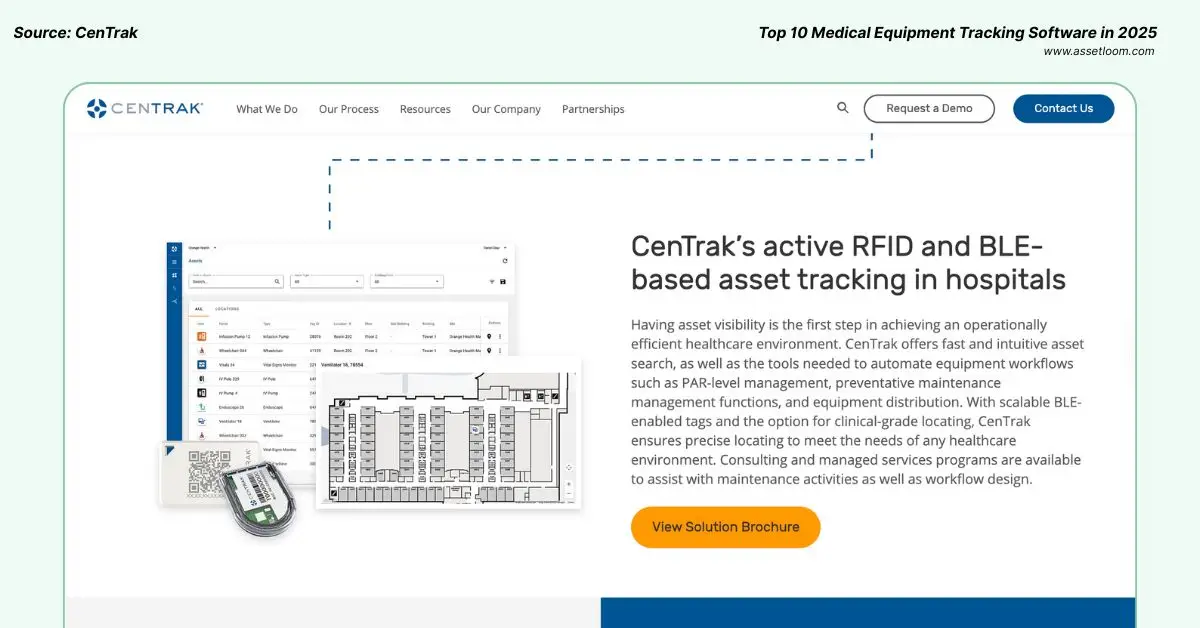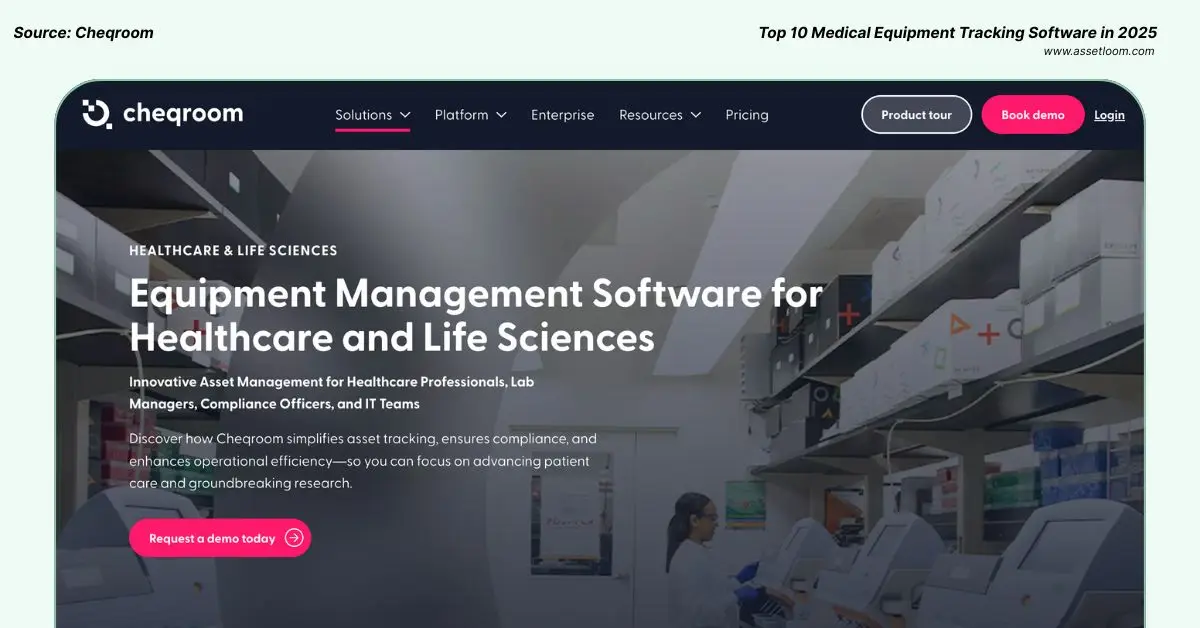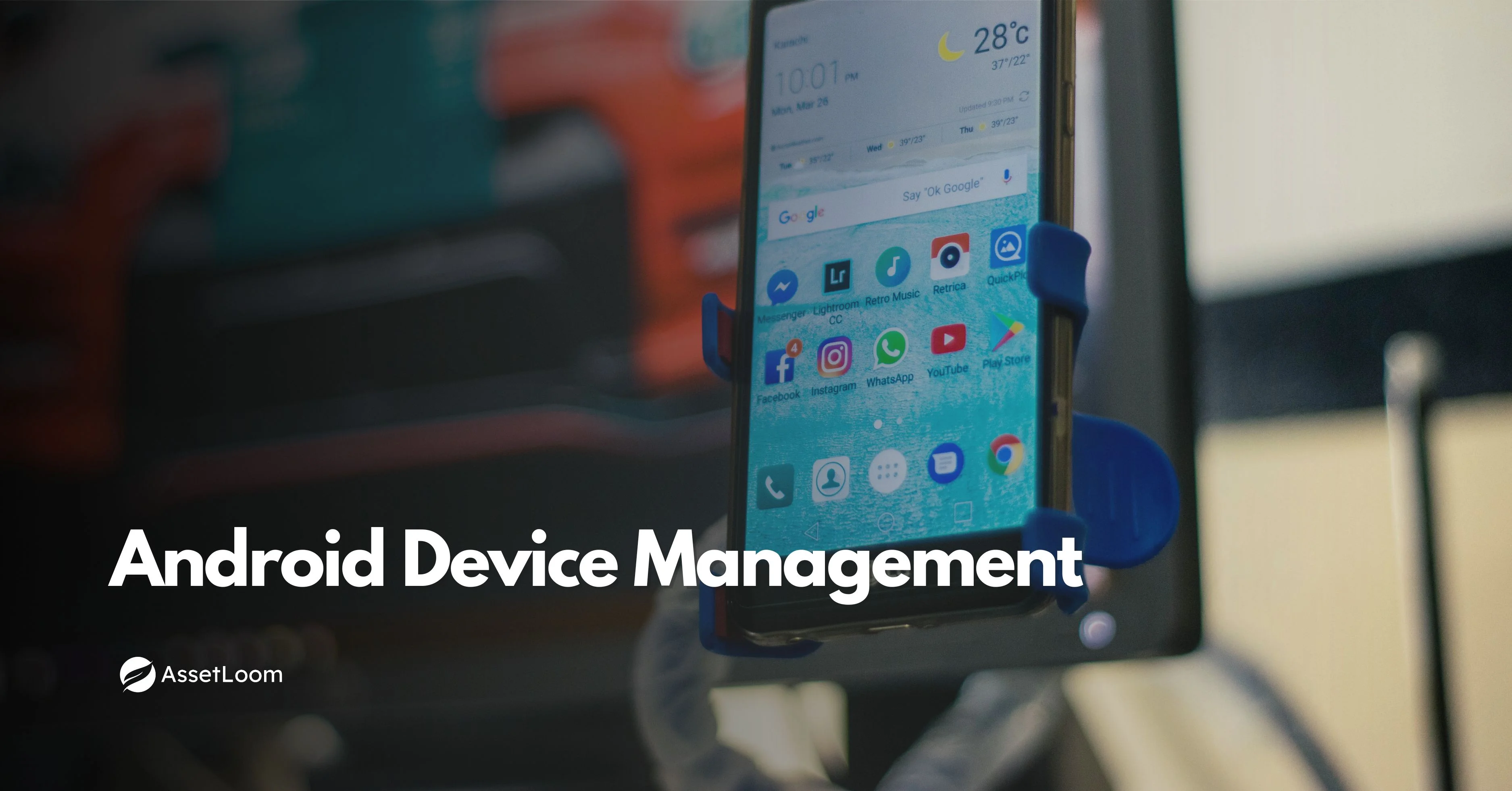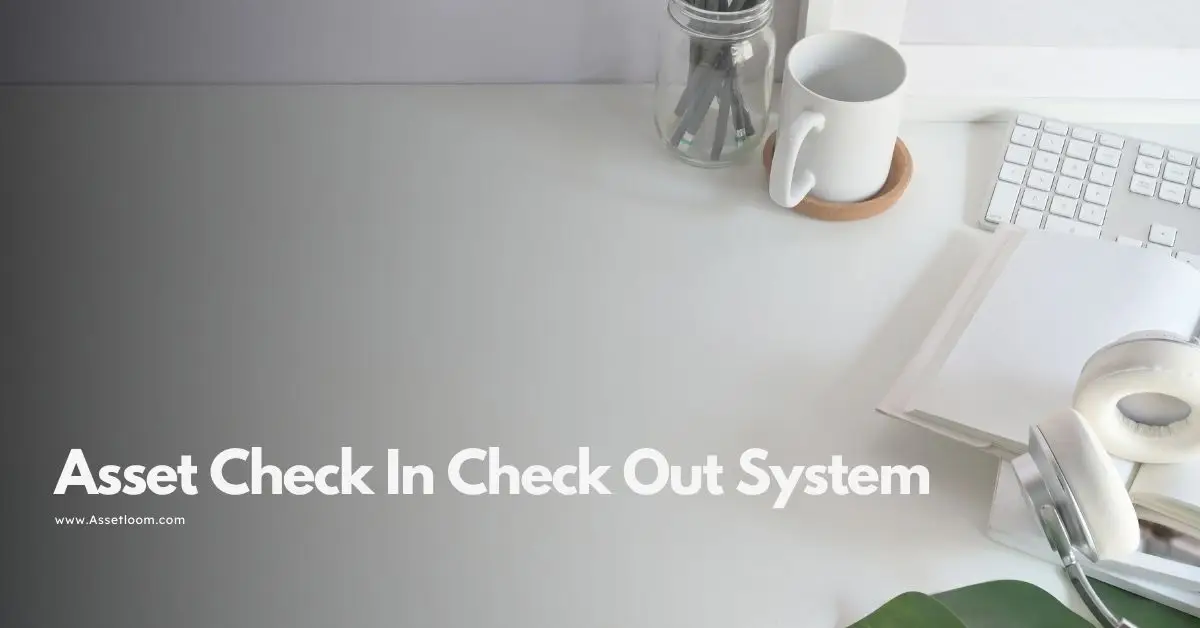Top 10 Medical Equipment Tracking Software in 2025
Top 10 Medical Equipment Tracking Software: AssetLoom, EZO, AssetPanda,... Compare features and best options for hospitals and clinics.
Hospitals, clinics, and diagnostic centers rely heavily on specialized tools and machines to provide timely and accurate care. Losing track of these assets can lead to costly delays, compliance issues, and even impact patient outcomes. This is where medical equipment tracking software steps in.
In this article, we will explore what medical equipment tracking software is, why it is essential, the key features it should have, and a list of the top 10 medical equipment tracking software solutions available today.
What Is Medical Equipment Tracking Software?
Medical equipment tracking software is a digital system designed to monitor, manage, and maintain the location, usage, and condition of medical assets. These tools help healthcare organizations track every piece of equipment, from wheelchairs and infusion pumps to high-end diagnostic machines.
![]()
Instead of relying on spreadsheets or manual records, medical equipment tracking systems can help with advanced technologies like real-time tracking, maintenance alerts, stock management, etc. This allows real-time visibility into where an asset is, who is using it, and when it needs maintenance or calibration.
Learn more: Optimizing Medical Equipment with Equipment Management Software
By implementing medical equipment tracking software, healthcare providers can:
- Reduce equipment loss and theft
- Improve asset utilization rates
- Ensure timely maintenance and calibration for compliance
- Cut down on unnecessary purchases
- Enhance overall operational efficiency
Why Do Healthcare Facilities Need It?
The healthcare industry is under constant pressure to deliver high-quality care while managing costs and complying with regulations. Medical equipment tracking software addresses these challenges by providing visibility into asset locations, reducing downtime, and preventing losses. For example, a 2023 study found that 77% of hospital leaders reported staff spending excessive time searching for equipment, a problem that tracking software directly solves.
A tracking system ensures that no equipment is overlooked and every piece is accounted for, maintained, and available when needed.
Key Features of a Good Medical Equipment Tracking Software
Not all tracking systems are created equal. When evaluating software options, healthcare providers should look for the following essential features. These features make a huge difference in ensuring smooth operations, compliance, and cost efficiency.
1. Real-Time Asset Tracking
Knowing the exact location of medical equipment at any given time is crucial in healthcare environments. Delays in finding essential equipment such as infusion pumps, wheelchairs, or diagnostic machines can impact patient care. Real-time tracking allows staff to locate and use assets when needed quickly. Many modern systems achieve this through technologies like RFID tags, GPS, or QR code tracking. This not only reduces equipment loss but also improves utilization rates because staff can see what is available and where it is.
Learn more: QR, Barcode, or RFID: What’s the Best Fix for IT Inventory Tracking?
2. Maintenance Scheduling and Alerts
Healthcare equipment must meet strict maintenance and calibration standards for patient safety and regulatory compliance. A good tracking system should allow you to schedule preventive maintenance tasks, track service history, and set automated alerts for upcoming maintenance or inspections. This ensures that no critical piece of equipment falls through the cracks, reducing downtime and avoiding potential compliance issues.
3. Inventory Management
Beyond tracking individual assets, the software should also manage consumable inventory like syringes, gloves, and test kits. Having visibility into stock levels helps avoid shortages and overstocking. Advanced systems can trigger alerts when inventory falls below a defined threshold, making reordering easier and reducing waste.
4. Audit and Reporting Tools
Hospitals and clinics must comply with strict regulatory standards such as HIPAA, Joint Commission, and other local healthcare regulations. Strong audit and reporting features allow you to pull detailed records of equipment use, maintenance history, and inspection schedules. These reports not only help during audits but also provide insights for budgeting and asset lifecycle management.
5. User Role Management
Hospitals have multiple teams: doctors, nurses, technicians, administrators, and more. Not everyone should have the same level of access to the system. Role-based access ensures that sensitive data is protected while allowing users to perform their tasks efficiently. For example, technicians may have access to maintenance logs, while nurses only need to check equipment availability.
6. Integration with Other Systems
Medical equipment tracking does not operate in isolation. It should integrate with Electronic Health Records (EHR), billing systems, and maintenance management tools (CMMS). Integration creates a seamless workflow where equipment usage can be linked to patient records, billing codes, and maintenance schedules, reducing manual work and errors.
7. Cloud-Based Access
Cloud-based platforms offer flexibility and scalability, especially for multi-location healthcare networks. They allow administrators to monitor assets across all branches from a single dashboard. Cloud systems also come with built-in backups and security, reducing the need for expensive on-premises servers and IT overhead.
8. Data Security and Compliance
Healthcare data is highly sensitive. Any tracking system should have strong encryption, role-based access controls, and comply with standards like HIPAA, GDPR, or other regional regulations. Failure to ensure data security can result in costly penalties and reputational damage. A reliable system will prioritize security with Cloud compliance, while maintaining easy accessibility for authorized users.
Top 10 Medical Equipment Tracking Software in 2025
Now that we know what to look for, let us review the top 10 medical equipment tracking software solutions in the market today. These tools are widely used in healthcare for their reliability and features.
![]()
1. AssetLoom
AssetLoom is an all-in-one IT and equipment asset management platform that excels in healthcare settings. It offers real-time tracking, maintenance scheduling, and role-based permission schemes, making it ideal for medical environments. With features like asset tagging, inventory management, and automated alerts, AssetLoom simplifies equipment management for hospitals and clinics.
![]()
Key Features:
- Real-time tracking with QR code support
- Preventive maintenance alerts and schedules
- Robust reporting and audit compliance
- Role-based access and cloud integration
Ideal For: Hospitals, multi-branch healthcare facilities, and clinics looking for scalability and cost-effectiveness.
2. EZOfficeInventory
A popular choice for healthcare asset tracking, EZOfficeInventory provides real-time tracking and maintenance scheduling. Its intuitive interface makes it easy for staff to adopt quickly.
![]()
Highlights:
- Barcode and QR code scanning
- Maintenance logs and service scheduling
- Cloud-based access with mobile app
3. Asset Panda
Asset Panda is known for its flexibility and customizable workflows. It is suitable for healthcare providers that need tailored tracking solutions.
![]()
Highlights:
- Fully customizable asset fields
- Barcode scanning and RFID support
- Extensive reporting and analytics
4. GoCodes
GoCodes offers asset tracking with GPS and QR code technology. It is cloud-based and easy to use for healthcare facilities of all sizes.
Highlights:
- GPS tracking for mobile assets
- QR code tags included
- Maintenance alerts and reporting
5. Fiix
Fiix is primarily a CMMS software with strong asset management capabilities. It is an excellent fit for healthcare organizations focused on maintenance.
Highlights:
- Preventive maintenance scheduling
- Asset history and lifecycle management
- Mobile CMMS features
6. Snipe-IT
An open-source solution, Snipe-IT is cost-effective and works well for smaller facilities that need a basic but reliable system.
Highlights:
- Web-based, open-source platform
- Role-based access control
- Inventory and asset management
7. Centrak
A trusted healthcare RTLS (Real-Time Location System) provider offering advanced tracking and compliance features.

Highlights:
- Real-time location tracking using RTLS
- Integration with clinical workflows
- Strong focus on compliance and patient safety
8. CHEQROOM
CHEQROOM is great for organizations that need to track equipment loans and checkouts. Its mobile app is particularly handy.

Highlights:
- Equipment reservation and checkout system
- Barcode scanning via mobile app
- Maintenance and service logs
9. TMS (The Maintenance Software)
Designed specifically for healthcare, TMS offers advanced features for medical equipment lifecycle management.
Highlights:
- Biomedical asset tracking
- Regulatory compliance tools
- Maintenance planning
10. GigaTrak
GigaTrak is known for its simple yet effective asset tracking capabilities. It uses barcodes and works well in smaller medical settings.
Highlights:
- Barcode-based tracking
- Maintenance scheduling
- Affordable and easy to use
Final Thoughts
Medical equipment tracking software has become an essential tool for modern healthcare. It ensures that every piece of equipment is accounted for, properly maintained, and easily accessible when needed. While there are many options available, the right choice depends on your facility’s size, budget, and specific needs.
If you are looking for a comprehensive, cost-effective, and scalable solution, AssetLoom stands out as a strong contender. However, all the solutions mentioned here can help streamline your equipment management process and improve operational efficiency.

Subscribe for Expert Tips and Updates
Receive the latest news from AssetLoom, right in your inbox.


